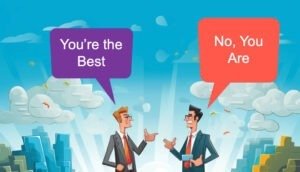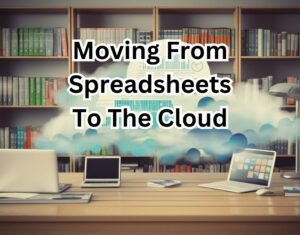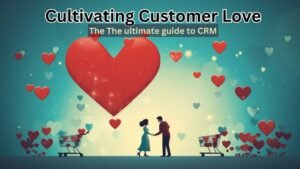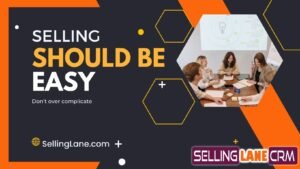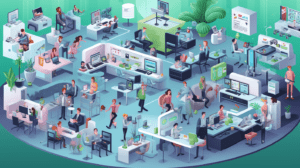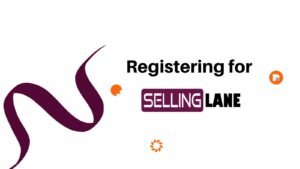5 Ways SaaS CRM Can Grow Your Business

Customer relationship management (CRM) software is a tool that helps businesses manage their customer interactions and relationships. SaaS CRM, or software as a service CRM, is a type of CRM software that is hosted in the cloud and can be accessed over the internet. This means that businesses do not need to install or maintain any software on their own servers.
SIDE NOTE: SellingLane CRM is a SaaS CRM, hosted in Google Cloud Services, arguably the fastest and most secure service on the planet.
“CRM is the heart of any successful business.”
– Marc Benioff, co-founder and CEO of Salesforce
A SaaS CRM has a number of advantages over traditional on-premises CRM software, including:
- Affordability: online CRMs are typically more affordable than on-premises CRM software, as there is no upfront cost for hardware or software licenses. For example, SellingLane CRM is free to try then a very reasonable $6 per month.
- Scalability: Online CRM’s are easily scalable, so businesses can easily add or remove users as needed.
- Ease of use: SaaS CRM is typically more user-friendly than on-premises CRM software, as it is hosted in the cloud and can be accessed from anywhere with an internet connection.
A SaaS CRM can be used by businesses of all sizes to improve their customer interactions and relationships. It can be used to track customer interactions, manage sales opportunities, provide customer support, and more.
“CRM is not about managing data, it’s about managing relationships.”
– Esteban Kolsky, customer experience advisor, keynote speaker, and author
Here are some of the benefits of using SaaS CRM:

- Improved customer service: SaaS CRM can help businesses to improve their customer service by providing them with a central place to track customer interactions and support tickets. It can also help businesses to personalize their customer service experience by providing them with insights into customer behavior and preferences.
- Increased sales: SaaS CRM can help businesses to increase their sales by providing them with a better understanding of their customers and their needs. It can also help businesses to automate their sales process and to track their sales pipeline more effectively.
- Increased efficiency: SaaS CRM can help businesses to increase their efficiency by automating tasks and streamlining processes. This can free up employees to focus on more important tasks, such as building relationships with customers and closing deals.
- Mobile First: most great sass CRM’s are mobile friendly first, in other words the software is designed for mobile, so reps in the field can use the software as seamlessly as a person sitting in an office at a computer.
“CRM is the key to unlocking the value of your customer data.”
– Eric Schmidt, former CEO of Google
Here are 5 ways SaaS CRM can help you grow your business:
- Improve customer relationships: SaaS CRM can help you improve your customer relationships by providing you with a central place to track customer interactions, manage sales opportunities, and provide customer support. This can help you to better understand your customers’ needs and preferences, and to provide them with a more personalized experience.
- Increase sales: SaaS CRM can help you increase your sales by providing you with a better understanding of your sales pipeline and by automating tasks such as lead nurturing and follow-up. This can help you to close more deals and grow your revenue.
- Increase efficiency: SaaS CRM can help you increase your efficiency by automating tasks and streamlining processes. This can free up your employees to focus on more important tasks, such as building relationships with customers and closing deals.
- Improve customer satisfaction: SaaS CRM can help you improve customer satisfaction by providing you with the tools you need to deliver a personalized and efficient customer experience. This can lead to increased customer loyalty and repeat business.
- Make better decisions: SaaS CRM can help you make better decisions by providing you with insights into your customer data and sales pipeline. This information can help you to identify trends, opportunities, and areas for improvement.
Overall, SaaS CRM is a powerful tool that can help businesses of all sizes to grow and succeed. By improving customer relationships, increasing sales, increasing efficiency, improving customer satisfaction, and helping you to make better decisions, SaaS CRM can help you to achieve your business goals.
Our Final Opinion
SaaS CRM is a powerful tool that can help businesses of all sizes to improve their customer interactions and relationships, increase their sales, and increase their efficiency. If you are looking for a way to improve your business, I encourage you to consider using SaaS CRM.

